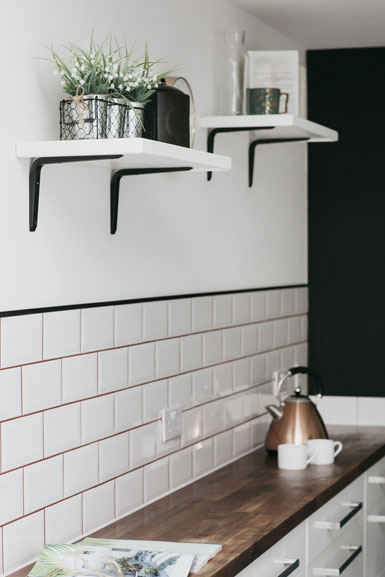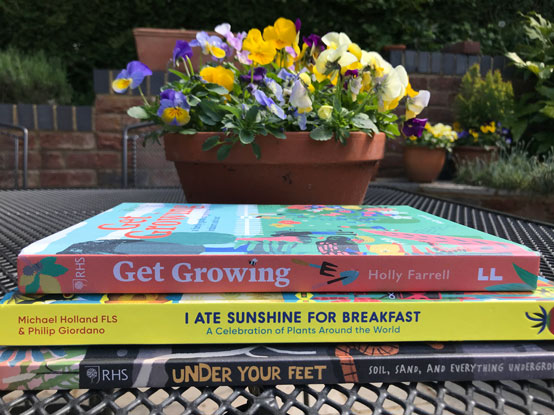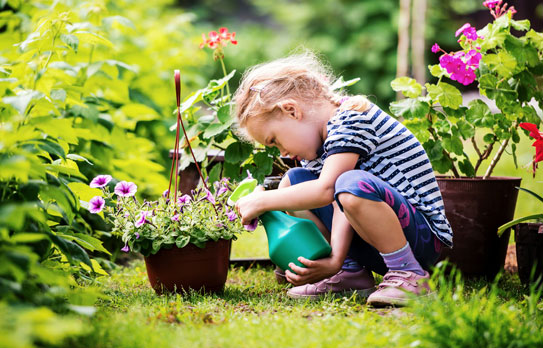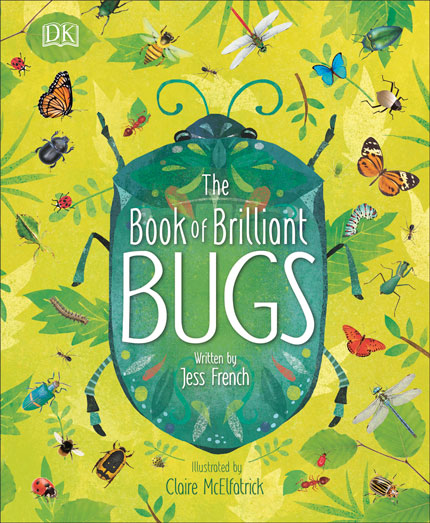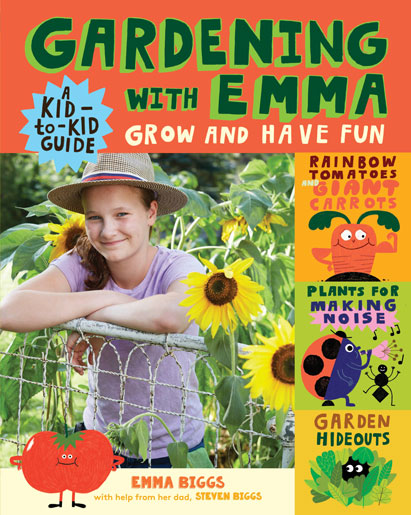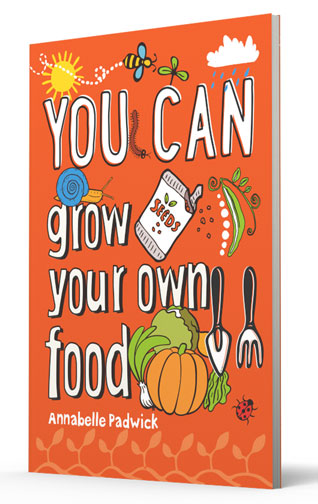Homeschooling while working can really ramp up the stress levels. Claire Spreadbury asks the experts for some advice.
If you’re a working parent, life might feel increasingly tough at the moment.
Being furloughed undoubtedly comes with its own set of problems, but when you’re expected to work normally, while also homeschooling your kids, it’s nigh-on impossible.
So, what can we do to settle those anxious thoughts and chill out a bit?

1. Have a routine
“Keeping sane as parents, as a couple and as a family takes planning,” says consulting psychologist Dr Mara Klemich, co-founder of Heartstyles and co-author of Above The Line: Living And Leading With Heart. “Your kids will be adjusting to the ‘new normal’ just like you, so it’s important to create a new routine. As humans we get stressed out by change, and routine gives us a sense of security and normalcy, which is particularly important right now. Wake up, meal times, school and work time, and bed times, are the backbone of the daily structure that keeps people effective – regardless of age.”
Routines enable us to differentiate between weekdays and weekends, she says. “Break up your day into work time and non-work time, if you can. For kids, it’s reassuring to know they will have dedicated time with you. For you, it’s getting a block of focused work in, while everyone else engages in some activities.”
2. Keep some structure
“It may seem like there’s a never-ending list of activities you need to accomplish, but don’t feel pressurised to tick them all off,” says psychologist Dr Alice Jones Bartoli, who’s working with outdoor education provider Kingswood.
Instead of dipping in and out between work and homeschooling, think about how much time you can realistically give, she says. “We’re often needing to multi-task, but it can be tiring and distracting. Be present – it can be difficult, particularly at the moment with blurred boundaries, but we need to retrain ourselves to be disciplined, ensuring that if we are with the children, we are with them.”
On the flip side, it also means work time is work time, and the kids should understand that, helping you to be able to fully concentrate.

3. Plan ahead for boredom
Psychologist, health coach and author of new book Self-care For Tough Times (Aster, eBook £4.99), Suzy Reading, suggests creating a ‘treasure map’ of activities and hanging it on the wall. “Make a poster with your kids, jotting down with words or images all the different ways we can keep ourselves engaged. When boredom strikes, take a look at the map and pick something. Keep adding fresh inspiration when new ideas pop up.”
4. Ditch perfectionism
Let go of the idea of being the ‘perfect parent’, says Klemich. “The media is full of tips on how to spend quality time with your children and your social media feed will be flooded with images of other parents having fun, exercising and homeschooling. Striving to measure up can cause unnecessary stress.”
It works the other way around, too. “Be honest and realistic with your co-workers or clients,” she says. “Little things, like letting your kids say hello at the start of a video call, so they feel included and everyone knows they’re there, can help to take the pressure off. Nobody’s perfect, and nobody’s an expert in all this. Shift your focus from perfectionism to being ‘good enough’. It can be so liberating.”

5. Keep an eye on your phone habits
Being stuck inside has meant many of us are glued to our screens, but whilst staying in contact with people is really important, incessant scrolling is not.
“Put your phone away,” advises Jones Bartoli. Try it one lunchtime and instead of working over lunch, take a picnic in the garden or living room with the kids. “These little things will spark enjoyment and help you create memories, while enabling you to take some time out from the work-school pressures.”
6. Prioritise mindful moments
Reading is a big believer in savouring with your senses. “Build calming mindful moments into your day,” she says. “Use scent or music to uplift or soothe, engage in touch with mini massage sessions or a loving hug, enjoy moving your body with some simple yoga poses or feeling your breath, head out into nature, relish the process of baking and devouring your creations. A few mindful minutes here and there make a big cumulative difference to the collective mood.”
And if it all gets a bit much, hypnotherapist and alcohol reduction expert Georgia Foster advises we turn to our breath to help manage stress. “Shallow breathing creates anxiety, deep breathing regulates your emotions,” she notes. “So, take a big belly breath in and hold for five seconds, then release that breath completely and count for five seconds. Repeat this three times – it’s a technique which will reduce anxiety and calm your entire central nervous system.”

7. Teach life skills
“We have the opportunity to focus on life skills, such as the chores many kids never help with,” stresses Klemich. “Engage them in emptying the dishwasher, vacuuming and helping with food. All these build confidence, competence and independence – and take some of the stress off parents having to do everything!”
8. Take time out for you
Taking time out for yourself has never been more important. “Parents need the opportunity to de-stress and make sure their own mental health is in check,” says Jones Bartoli. Whatever that looks like – going for a walk, taking a book into the bath, or practising yoga in the morning – plan it in and do it.
“Parents can’t always give, give, give. Times are anxiety-provoking at the moment, but if you’re able to make small changes to look after your mental health, not only you, but the whole family will benefit.”

9. Speak up
“Don’t be afraid to open up about how you’re feeling,” continues Klemich. “Juggling everything can make you feel like you’re losing your mind, so it always helps to gain an external perspective and be reassured that everything is fine. Talk to your partner, call a friend or family member, whoever will listen and help you feel that your sanity is still intact.”
10. Give your partner some attention
Lots of us are talking about this crisis making or breaking relationships, and spending time together cooped up can add a huge amount of pressure. Klemich recommends scheduling dedicated couple time to lift the mood. “Set aside time to chat and listen to each other’s concerns each day, in a room on your own,” she says. “Engage the kids in allowing you both your own time, and if you have young children, make some time after you’ve put them to bed. It’s important to nourish your relationship as a couple, not just as ‘the parents’.
“Forgive your partner (and your kids) for minor irritations – and ask them to forgive you,” she adds. “Spend time together, laugh, and find love and joy in the little things that happen each day, and the fact you are together. Create memories of this time – whilst we didn’t choose it, it chose us. Let’s use this precious time well, and be able to tell positive stories about it in the future.”



